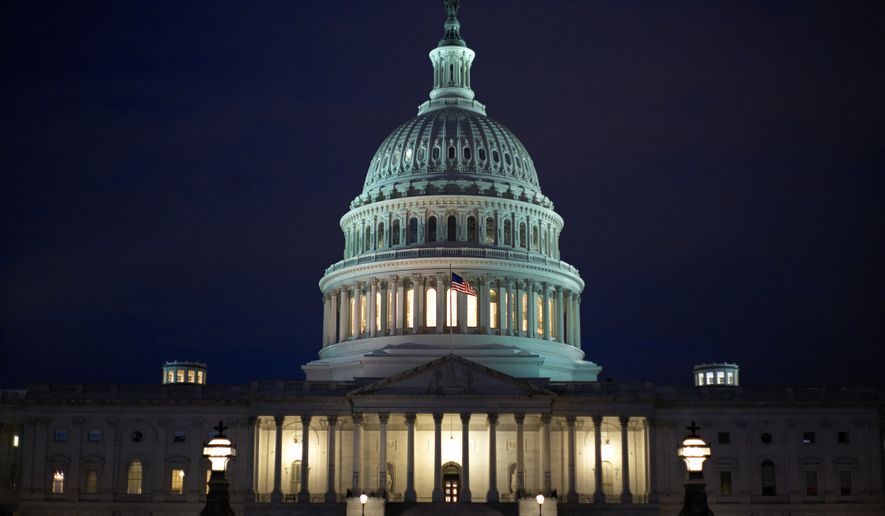An annual report card from the American Lung Association gives the air in the Washington-Baltimore-Arlington area an “F” grade for smog and says soot also worsened from 2018 to 2020.
The ALA’s “2022 State of the Air” report, released Thursday, ranks the D.C. metro area as the 30th most-polluted U.S. city for smog — ground-level ozone air pollution — in those years. That’s slightly better than last year’s report, which ranked it as the 22nd worst in the nation.
The report card notes that “the area also broke a 16-year streak of not posting a worse average number of days for soot in the air than in the previous year’s report,” dropping from a “B” to a “C” grade in fine particle pollution. The D.C. metro area ranks the 63rd worst for daily soot levels.
Aleks Casper, the association’s director of advocacy, said children, older adults, pregnant women and chronic patients are most at risk from dirty air.
“Both ozone and particle pollution can cause premature death and other serious health effects such as asthma attacks, cardiovascular damage, and developmental and reproductive harm. Particle pollution can also cause lung cancer,” Ms. Casper said in a statement.
The annual report card, which uses Environmental Protection Agency data to track and grade Americans’ exposure to unhealthy air pollution during three-year periods, found that year-round particle pollution levels reached their best-ever level for the metro area.
The area ranked 75th worst for year-round particle pollution, up from 39th worst in last year’s report.
But the Washington-Baltimore-Arlington area’s short-term particle pollution also saw more unhealthy days than in the 2021 report, which the association said is the first time this indicator has worsened since its 2005 report.
The D.C. area had nine “orange days” and one “red day” when air pollution was especially toxic from 2018 to 2020.
Despite being downgraded from a “B” to a “C” grade, the association said the D.C. area’s particle pollution rank improved from 57th to 63rd worst “because of the increase in the number of areas in the western United States with high levels in this year’s report.”
The most polluted U.S. cities for smog, year-round soot and daily soot are all in California. Los Angeles-Long Beach is the worst for ozone pollution, Bakersfield the worst for year-round particle pollution and Fresno-Madera-Hanford the worst for short-term particle pollution.
The American Lung Association said nearly 9 million more people were impacted nationwide “by deadly particle pollution than reported last year, with a rise in “very unhealthy” and “hazardous” air quality days.
Overall, the report said more than 137 million Americans live in counties that had unhealthy levels of ozone or particulate pollution.
The report, which gives a first look at air quality trends during the COVID-19 pandemic, found no changes in air pollution while people stayed home during the nation’s 2020 lockdown.
“Regardless of the shutdowns in early 2020, there was no obvious improvement,” the association said.
Correction: An earlier version of this article misidentified Aleks Casper.
• Sean Salai can be reached at ssalai@washingtontimes.com.




Please read our comment policy before commenting.